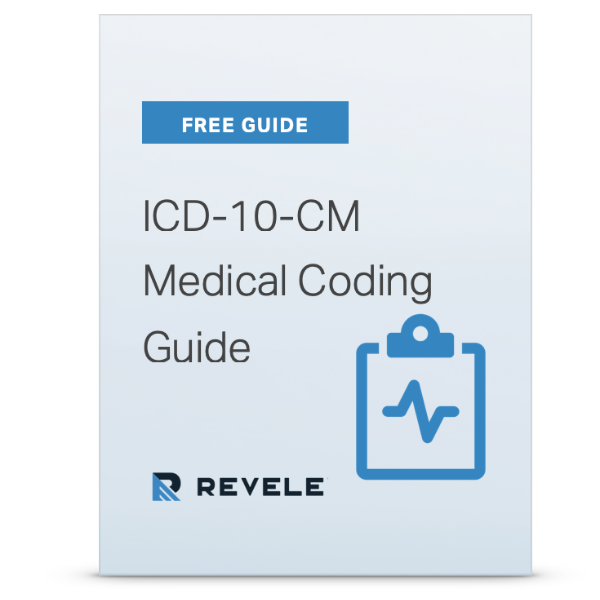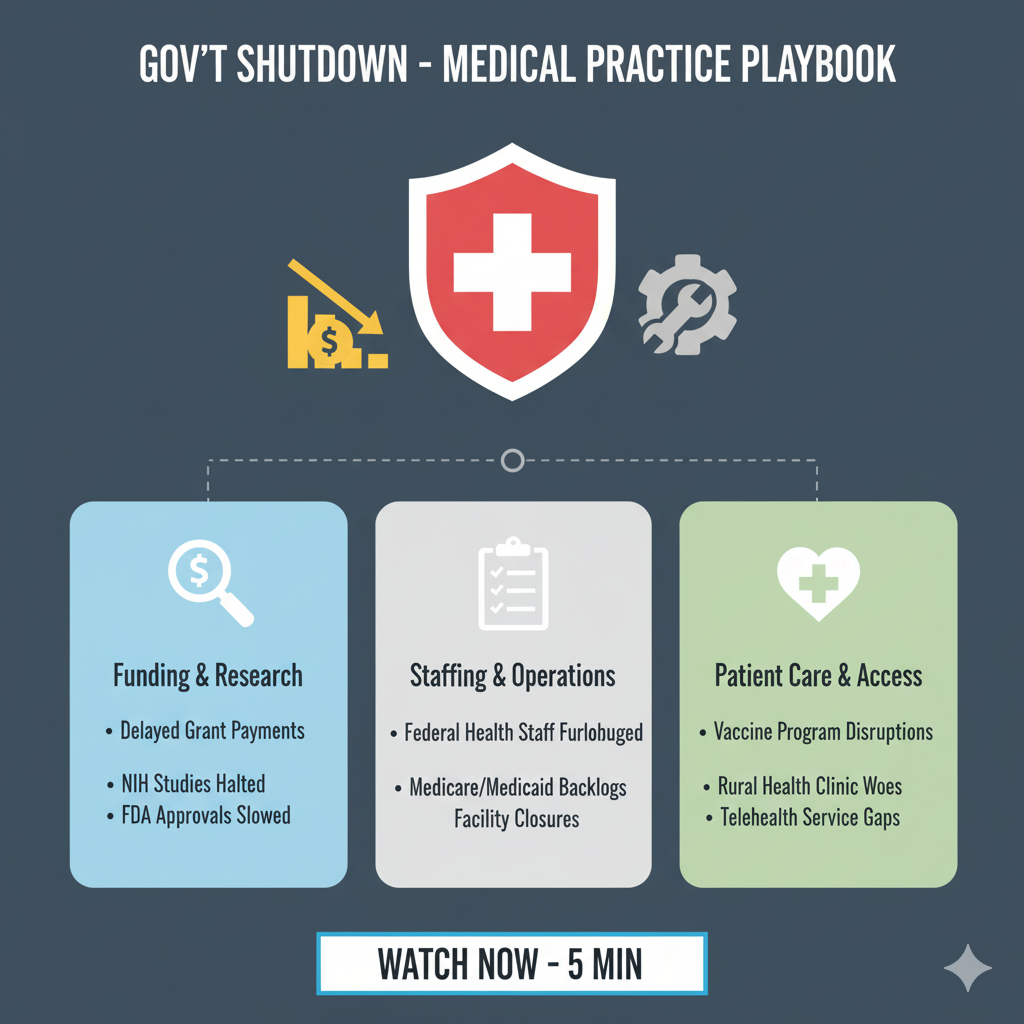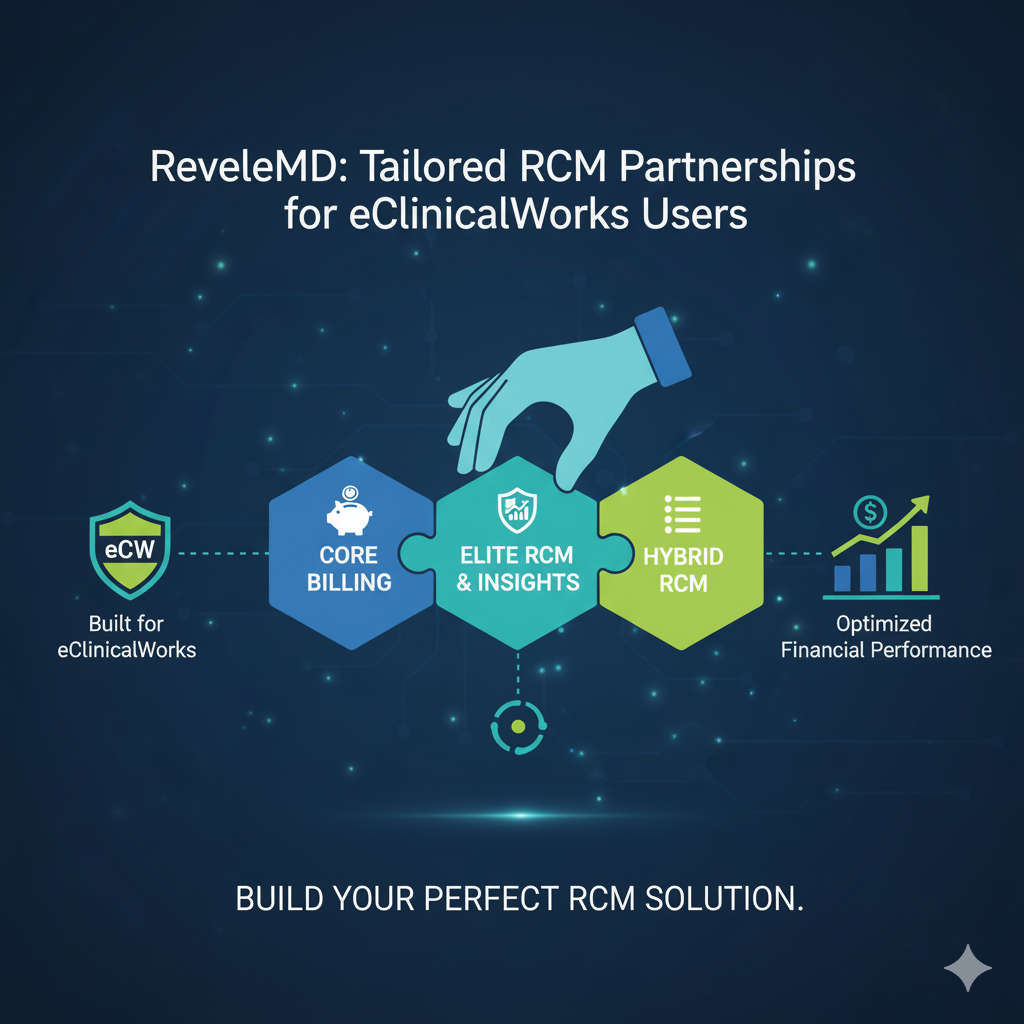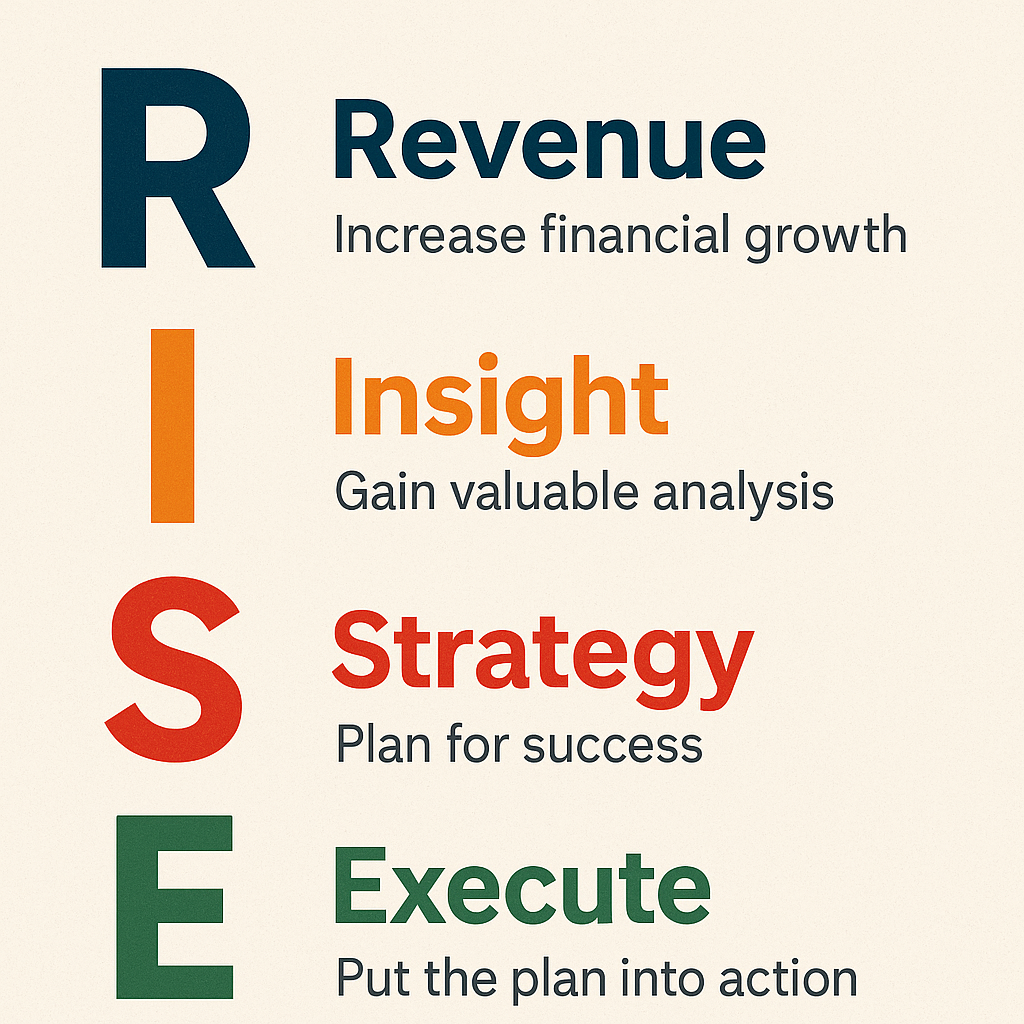Healthcare is rapidly changing, and healthcare organizations are under constant pressure to operate at maximum efficiency while maintaining revenue cycle integrity. Looking at revenue cycle key performance indicators is a great way to understand overall RCM performance and identify strengths and weaknesses.
KPIs are useful when it comes to identifying gaps but can also help lower compliance risk and ensure the accuracy of charges. Though revenue cycle KPIs will vary depending on each specific facility’s goals and needs, here are 5 key performance indicators to help measure revenue cycle management success:
- Point-of-Service (POS) Cash Collections
- Clean Claim Rate
- Bad Debt
- Days in Accounts Receivable
- Adjusted Collection Rate
Point-of-Service (POS) Cash Collections
POS cash collections can determine the effectiveness of your POS systems. This KPI also tracks POS collection and relates to payment received before services rendered and up to seven days after. To find the value of this KPI, take the POS payments, and divide this number by the total self-pay cash collected.
This KPI can also help to identify problems in the point-of-service operations affecting RCM. With out-of-pocket costs rising, more practices are honing in on point-of-service operations to improve payments and avoid write-offs.
Clean Claim Rate
Clean claim rate exposes any inefficiencies or problems that may exist with claim submission and processing. Rejected claims take a lot of time to correct and might even yield extra charges. The longer it takes to submit and resolve claims, the longer it takes to collect payment.
Though there are other KPIs that relate to claims processing efficiency, the clean claim rate shows the average perfect daily claims that pass compared to the total number of claims accepted.
Bad Debt
Bad Debt shows the effectiveness of collection efforts. It can also determine the effectiveness of pre-service financial counseling or similar programs. It is important to note that this does not include lost debts. Higher Bad Debt shows inefficiency in previous areas of the revenue cycle, including POS collections and financial counseling. Find the value of this by dividing Bad Debt from the income statement by gross patient service revenue over a set period.
Days in Accounts Receivable (A/R)
Days in A/R reveals how long it takes to get paid for services on average. This is useful in determining the effectiveness in obtaining payment for services, and how well AR is managed.
To find this KPI, divide the total A/R by the average daily net patient service revenue using information from the balance sheet and income statement. To get the average daily net patient service revenue, you can also divide total annual sales by 365.
Adjusted Collection Rate
The adjusted collection rate (also known as the net collection rate) is a measure of a practice’s effectiveness in collecting all legitimate reimbursement. This rate shows the percentage achieved out of the reimbursement allowed based on the practice’s contractual obligations. This figure reveals how much revenue is lost due to factors such as uncollectible bad debt, untimely filing and other non-contractual adjustments.
To calculate divide payments (net of credits) by charges (net of approved contractual adjustments) for a specific time frame. Ideally, the calculation should be based on matching the payments to the charges that created them in order to avoid fluctuations in results. If the practice management system can’t match payments with their originating charges, the practice should calculate this using aged data, typically from six months back, to ensure a majority of the claims used for the calculating have had enough time to clear
An overall net collection rate of 95-99% or greater is average performance. If the net collection rate is less than 95% then it can be an indicator of poor performance.
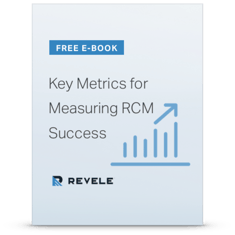
E-BOOK
Key Metrics for Measuring RCM Success
Build a high performing revenue cycle by measuring and managing the top RCM key metrics.




